Blog Post Checklist: How to Optimize Every Post You Publish
Creating an impactful blog post requires creativity, organization, and meticulous attention to detail. In this guide, we’ll explore the key steps to craft a high-quality blog post that engages readers and maximizes your online reach.
Start by generating fresh ideas through brainstorming, ensuring they align with your topic. Comprehensive research adds credibility to your content, while skillful integration of relevant keywords boosts SEO performance. Clear and coherent writing and captivating visuals enhance both readability and user experience. The result? A blog post that captures attention and leaves a lasting impact.
Mastering the art of captivating blog writing enhances your online impact. This guide equips you with essential steps to create compelling content that resonates with readers and search engines alike.
Your blog post’s introduction should entice readers, while meticulous organization and grammar maintain their engagement. Incorporating SEO-friendly keywords strategically boosts search visibility. Visual elements complement your text, enriching the overall experience. Close by echoing the opening sentence, leaving a memorable impression. This approach ensures your blog posts stand out, expanding your online influence.
1. Writing with a clear direction
Crafting an outstanding blog post involves embarking on a journey of meticulous intent. At the outset, you must define the very essence of your writing. This entails discerning your target readership and distilling the core message you seek to convey. This initial clarity serves as the lighthouse guiding your creative ship through the turbulent seas of content creation. It ensures that amidst the boundless sea of ideas, your content remains anchored to its purpose, never losing sight of its mission to captivate, inform, or inspire.
This purpose-driven approach threads coherence into the fabric of your post, allowing every sentence, paragraph, and section to seamlessly align with your overarching message. With each keystroke, your writing becomes a compass, navigating your readers toward the destination you’ve envisioned. By adhering to this principle, your content emerges not as a mere collection of words, but as a purposeful narrative that speaks directly to the hearts and minds of your intended audience, leaving a profound impact in its wake.
2. Crafting your blog outline

Before embarking on the journey of writing, it’s paramount to construct a meticulously detailed map, a blueprint for your words. This intricate roadmap takes the form of a comprehensive outline, a skeletal structure on which the flesh of your content will be draped. Each key point, concept, and idea finds its designated place within this framework, ensuring that your writing journey remains guided and organized. By crafting a cohesive outline, you preemptively dodge the pitfalls of disorganization and tangential thoughts, weaving a tapestry of ideas that seamlessly interconnect.
The outline’s value extends beyond its role as a structural guide. It becomes your steadfast companion as you traverse the intricate landscape of your topic. Every subheading serves as a beacon, illuminating the direction your content should take. This intricate preparation minimizes the likelihood of losing your way in the wilderness of ideas. Your outline, akin to a reliable compass, keeps you on course, allowing you to delve into each section with confidence, knowing that your content’s architecture has been thoughtfully laid out. As you put pen to paper, your outline continues to be your compass, ensuring your narrative unfolds in an organized, logical, and compelling manner.
3. SEO researching for visibility

Delving into the art of crafting an impactful blog post requires not only creativity but also a strategic grasp of the digital landscape. One critical facet is SEO research, a process that involves delving into the intricacies of search engine algorithms. Through this research, you identify the keywords that resonate with your topic, keywords that hold the key to unlocking a wider readership. Seamlessly integrating these keywords into your content creates a harmonious symphony between your expertise and the digital highway.
SEO research is akin to uncovering the secret passages that lead readers to your door. It’s a digital treasure map, that guides knowledge seekers directly to your well-crafted content. By weaving these keywords into your writing with a deft touch, you enhance your post’s discoverability, ensuring that your voice reaches those who seek it most. This harmonious marriage of content and optimization sets the stage for a dance of visibility and impact, allowing your words to shine brightly in the crowded expanse of the online realm.
4. The Art of eye-catching titles

The title of your blog post isn’t merely a collection of words; it’s the beacon that beckons readers to explore your world of thoughts. It’s the eloquent announcement of the journey that awaits them. Crafting this title requires not only the finesse of language but also a keen understanding of your content’s essence. Each word must play its part in painting a vivid picture, invoking curiosity, and extending an irresistible invitation to embark on a reading adventure.
The title wields the power to captivate a fleeting attention span and secure a commitment to engagement. It’s the first impression that carries the potential to linger in a reader’s memory. A skillfully constructed title dances on the fine line between intrigue and clarity, inviting readers to step into your realm while ensuring they know precisely what to expect. As you weave this magical thread of words, you’re not just capturing attention; you’re opening a gateway to a narrative that holds the promise of insight, entertainment, or transformation.
5. Properly crediting your sources
In the landscape of knowledge sharing, attribution is both a matter of ethics and a mark of credibility. As you embark on the journey of creating a blog post, the contributions of others become your companions. Properly acknowledging these sources isn’t just a nod of respect; it’s the foundation of an interconnected web of ideas. Each citation is a nod to the collective wisdom that shapes your content, a tribute to the thinkers and creators who paved the path.
Beyond the realm of ethics, proper attribution weaves a thread of authenticity into your writing. Citing reputable sources fortifies your content, lending it the weight of authority. It also invites readers to explore the topic beyond the confines of your post, inviting them to deepen their understanding through various perspectives. As you embark on this journey of weaving borrowed knowledge into your narrative, remember that each citation isn’t just a footnote; it’s a tribute to the vibrant tapestry of thought that influences and enriches your work.
6. Enhancing readability with internal links

The digital realm is a labyrinth of interconnected thoughts and ideas, and internal links serve as your guiding thread through this maze. As you craft your blog post, you’re weaving a tapestry of knowledge, and each thread of thought deserves a connection to the broader canvas. Internal links are your way of saying, “Here, explore further,” offering readers the opportunity to delve deeper into related concepts within your repository of wisdom.
These links are the breadcrumbs that lead readers on an exploratory journey through your content landscape. They not only enhance the reader experience by facilitating seamless navigation but also contribute to the architecture of your blog. By interlinking your posts, you’re constructing a web of coherence, allowing readers to traverse topics with ease. This interconnected journey beckons them to immerse themselves in a curated voyage of discovery, where each turn of the page reveals new vistas of insight and knowledge.
7. Reader-centric approach handling external links
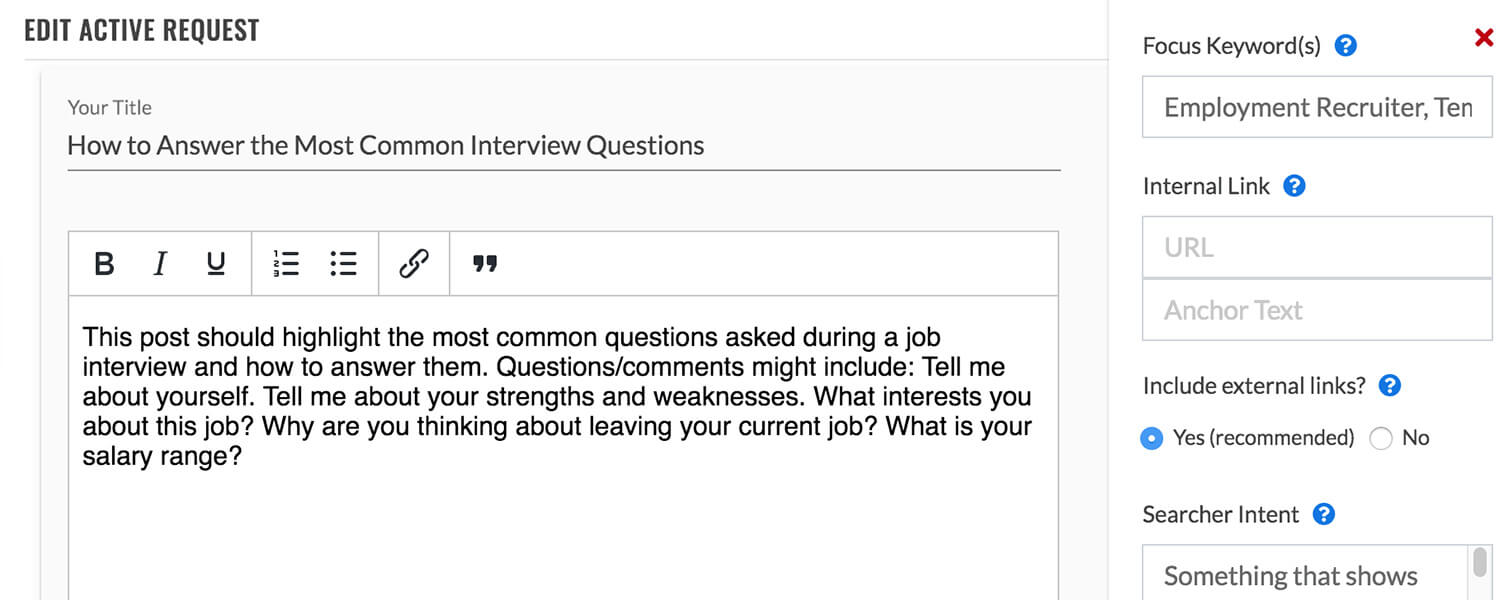
Navigating the vast expanse of the internet is akin to embarking on a journey through countless open doors. As you weave the tapestry of your blog post, you invite readers to step into various rooms of thought, some of which belong to external creators. Yet, with the courtesy of a gracious host, you offer a choice: to venture into these external rooms while keeping the door to your narrative ajar.
By configuring external links to open in new windows, you ensure that your readers never stray too far from the path you’ve laid out. They can explore the interconnected ideas of others without losing the comfort of your content’s embrace. This considerate approach maintains their engagement and makes returning to your narrative as simple as closing a tab. The journey through the realms of knowledge becomes an orchestrated symphony, where each note of exploration harmonizes with the melody of your narrative, creating an unforgettable composition of learning and insight.
8. Crafting engaging length
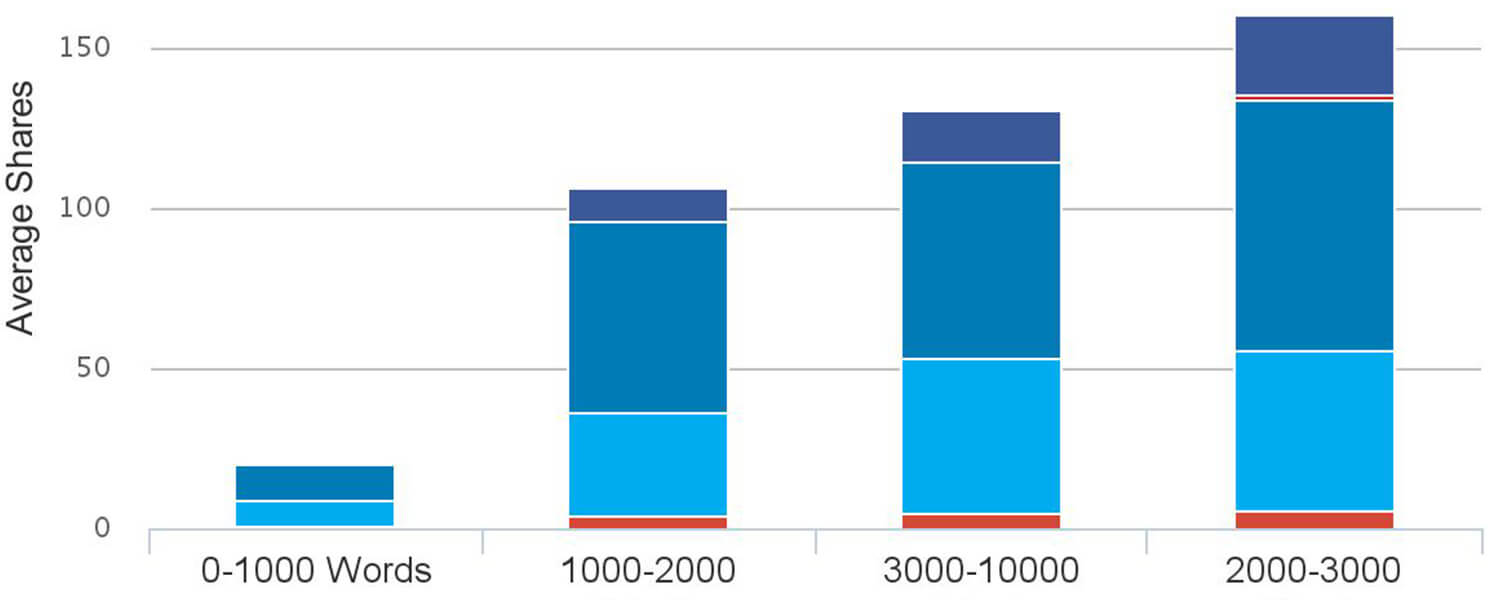
In the ever-shifting landscape of online content, the 300-word mark is a threshold that separates mere snippets from meaningful discourse. Beyond this point lies the realm of substance, a space where ideas find room to unfold and resonate. It’s here that you have the canvas to paint concepts with nuance and depth, transforming your writing into a voyage of exploration.
Passing the 300-word mark isn’t just a numerical feat; it’s a commitment to delivering value. It’s an acknowledgment that ideas often require more than just a fleeting mention; they deserve the canvas of expression that allows them to breathe, evolve, and captivate. As you embark on this journey of wordcraft, remember that each sentence adds to the tapestry, each paragraph deepens the narrative, and beyond the 300-word mark, you’re opening the door to a realm where ideas transcend mere words, taking on a life of their own.
9. Breaking content into sections
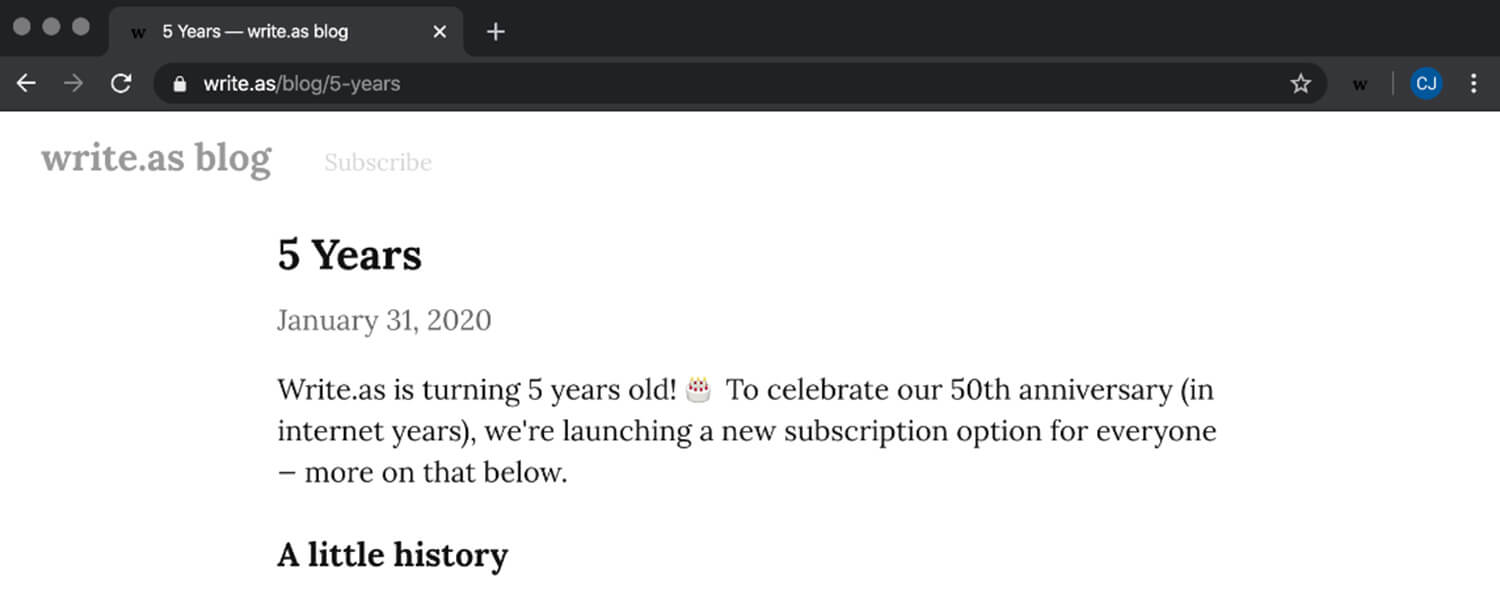
As you traverse the landscape of extensive topics, the art of segmentation becomes your guiding star. Breaking your content into distinct sections is akin to mapping out a comprehensive itinerary for your readers. Each section becomes a destination of exploration, a place where concepts are unpacked, ideas are examined, and insights are unveiled.
These sections aren’t just arbitrary dividers; they’re chapters in the narrative of your post. Each one ushers readers into a new facet of the topic, guiding them through the labyrinth of thought with well-crafted headings. This segmentation offers readers a structured journey, allowing them to choose their path through your content. As you craft each section, you’re not just composing words; you’re orchestrating an expedition, ensuring that readers navigate the landscape of your ideas with both purpose and delight.
10. The Art of Paragraphing

In the realm of online reading, the art of brevity is a trusted ally. The sprawling expanses of text can be overwhelming to digital travelers, and that’s where the power of smaller paragraphs emerges. Each compact paragraph becomes a stepping stone, guiding readers through the landscape of ideas with ease and grace.
These smaller paragraphs aren’t just about breaking up the text; they’re about maintaining a dynamic flow of thought. They’re a visual invitation that entices readers to journey deeper, one concise point at a time. As you shape each paragraph, you’re not just arranging words; you’re sculpting a reading experience. You’re inviting readers to stroll through a garden of ideas, where the path is paved with succinct insights and every turn offers a new vista of understanding.
11. Using Bullets and Points Wisely

In the symphony of content creation, bullet points, and lists emerge as powerful notes of organization. They transform the landscape of ideas into a structured composition, where key points are spotlighted and insights are showcased with clarity. These lists aren’t mere cataloging; they’re your way of curating a feast of knowledge, presenting ideas in an easily digestible format.
Bullet points and lists are the signposts that guide readers through your narrative, ensuring they don’t miss the highlights. Each entry becomes a microcosm of understanding, a concise statement that captures the essence of a concept. As you craft these lists, you’re not just presenting information; you’re distilling insights into their purest form. You’re orchestrating a visual melody that resonates with readers, making your content not just a reading experience but a journey of discovery.
12. Getting Straight to the Point

In the realm of content creation, brevity is not just a virtue; it’s a necessity. Getting to the point isn’t just about efficiency; it’s about respect for your reader’s time and attention. It’s an acknowledgment that the digital landscape is filled with distractions, and your words need to pierce through the noise with laser focus.
Getting to the point is akin to a precision strike, where every word serves a purpose, and every sentence adds value. It’s the art of conveying insights without unnecessary embellishments, ensuring that your content is a wellspring of meaning rather than a labyrinth of verbosity. As you embark on this journey of concise expression, remember that every word is a brushstroke on the canvas of understanding, and by keeping your message succinct, you’re creating a masterpiece of insight that leaves a lasting impression.
13. Creating effective calls to action (CTAs)
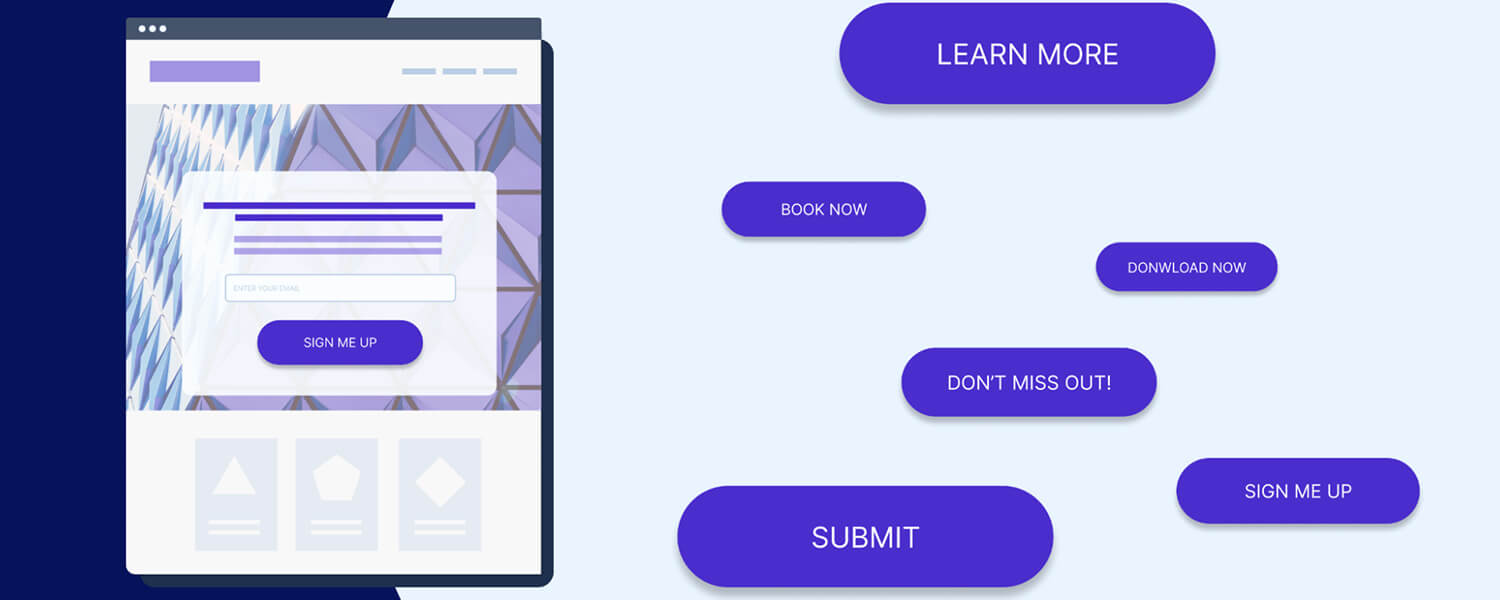
As the symphony of your blog post nears its conclusion, the final note isn’t just a conclusion; it’s an invitation. This invitation comes in the form of a Call to Action (CTA), a bridge between your content and the reader’s journey beyond. It’s a guidepost that directs readers toward the next steps they can take after experiencing your narrative.
The CTA isn’t just a casual suggestion; it’s an intentional gesture. It’s a way of extending the conversation, of transforming the act of reading into a continuum of engagement. Whether it’s subscribing to a newsletter, sharing thoughts in the comments, or exploring related content, the CTA invites readers to become active participants in the narrative. As you compose this final note, remember that it’s not the end of the journey; it’s a moment of transition, where the path you’ve paved opens up to endless possibilities.
14. Balancing workload and rest

In the realm of content creation, the pause is as important as the play. As you navigate the landscape of words, there comes a point where the mind needs a moment of respite. Stepping away from your creation isn’t a detour; it’s a crucial part of the journey. It’s a way of gaining a fresh perspective, of approaching your work with new eyes and renewed vigor.
Taking a break is akin to stepping outside to catch your breath. It’s a way of recalibrating your perspective, of distancing yourself from the intricacies to see the bigger picture. This intermission isn’t a sign of fatigue; it’s a gesture of wisdom. When you return to your creation, you do so with the clarity that comes from a distance. As you embrace this moment of pause, remember that it’s a strategic maneuver in the grand chess game of content creation, where each move is calculated for maximum impact.
15. Adding value through insights

In the vast realm of content creation, your personal experiences become not just stories; they’re keys to unlocking doors of insight. Your journey through life, with its triumphs, challenges, and revelations, offers a tapestry of relatability that enriches your content. By infusing your narrative with these anecdotes, you’re transforming it from mere words to a mosaic of human experience.
Your experiences are the bridges that connect you with your readers on a deeper level. They’re the threads of empathy that weave through your content, allowing readers to see themselves in your words. As you share these experiences, you’re not just presenting stories; you’re inviting readers into a shared narrative. You’re fostering a sense of connection, where your insights aren’t just intellectual; they’re borne from the fabric of life itself.
16. Strategies for optimal image use

In the visual landscape of the digital world, images aren’t just embellishments; they’re windows to understanding. Visual elements complement your words, offering a dynamic interplay that enriches the reader experience. However, these images aren’t just ornaments; they’re assets that need careful curation and optimization.
Optimizing images is more than just reducing file sizes; it’s about finding the delicate balance between visual quality and loading speed. It’s about ensuring that each image contributes to the overall narrative without causing the reader’s journey to stall. As you incorporate these visual aids, remember that they’re not just adornments; they’re gateways to comprehension. They’re an integral part of the landscape you’re crafting, each pixel contributing to a vivid tapestry that invites readers to explore with both their eyes and their minds.
17. Writing with authenticity
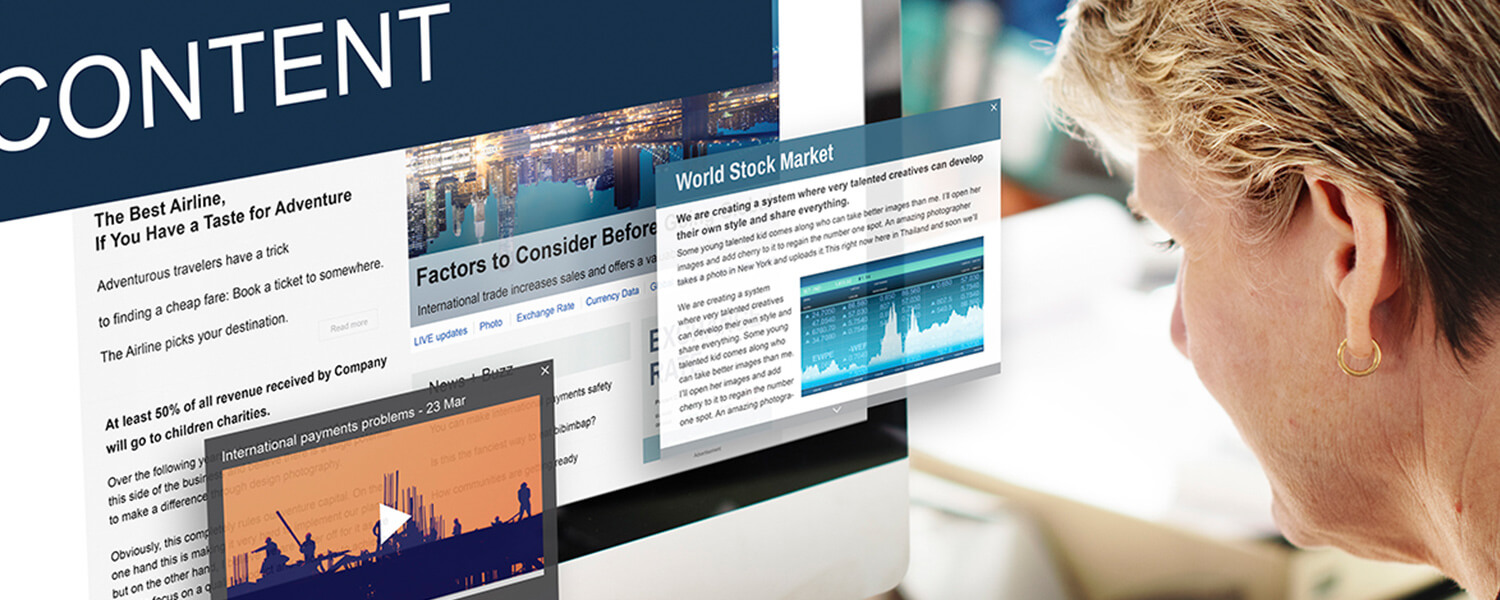
In the realm of content creation, accessibility is the guiding principle that lights the path. As you shape your words, the goal isn’t to create an impenetrable fortress of language; it’s to build a bridge of understanding. Avoiding the trappings of scholarly language isn’t a compromise; it’s a commitment to reaching readers where they are.
Writing in an approachable manner doesn’t dilute your message; it amplifies it. It ensures that your content becomes a beacon that guides readers through the landscape of ideas without leaving them lost in the fog of jargon. As you pen your thoughts, remember that every word is an opportunity to connect, enlighten, and engage. By avoiding the pitfalls of complexity, you’re not just shaping words; you’re crafting a conduit of knowledge that resonates with a diverse audience.
18. The art of crafting introductions

In the grand tapestry of content creation, the introduction isn’t just the opening act; it’s the overture that sets the tone for the entire symphony. Crafting the introduction isn’t a formality; it’s a strategic maneuver that shapes the reader’s perspective from the very beginning.
Writing the introduction first isn’t just a chronological step; it’s a navigational choice. It allows you to map out the trajectory of your content, ensuring that each subsequent section harmonizes with the promises you’ve made in those initial paragraphs. As you pen those opening lines, you’re not just inviting readers in; you’re charting the course for their journey. You’re establishing the framework that dictates their expectations, making every subsequent revelation a delightful surprise that resonates within the context you’ve carefully crafted.
19. The Vitality of Proofreading

In the realm of content creation, the journey doesn’t conclude with the final period. It extends into the domain of meticulous review, where each word is examined, every sentence is scrutinized, and errors are hunted down with a discerning eye. Proofreading isn’t just a formality; it’s a commitment to excellence.
Proofreading isn’t a hasty glance; it’s a deliberate engagement with your words. It’s a process that transforms your writing from a draft into a polished gem, ready to capture the light of the reader’s attention without the distraction of errors. As you embark on this journey of scrutiny, remember that proofreading isn’t just about catching typos; it’s about refining your content to its most pristine form. It’s a testament to your dedication to the craft, ensuring that your readers receive a seamless, error-free experience.
20. Organizing your blog categories

In the digital realm, the organization is more than a concept; it’s a navigational tool that guides readers through the labyrinth of content. Categorizing your blog post isn’t just a matter of classification; it’s about providing signposts that help readers find their way through the myriad topics you explore.
Categorization isn’t just a static label; it’s an invitation to explore. It transforms your blog into a treasure trove of knowledge, each category offering a gateway to a specific domain of expertise. As you assign categories, you’re not just grouping content; you’re designing a map that enables readers to choose their adventure. You’re crafting a user experience that respects their time and effort, making the act of exploration a seamless and rewarding journey.
21. Use subheadings to structure content

In the symphony of content creation, subheadings are the notes of organization that guide readers through the composition. They’re the guideposts that illuminate the path, ensuring that every step of the journey is marked with purpose and clarity.
Subheadings aren’t just decorative; they’re structural pillars that support the narrative. They create a hierarchy of ideas, allowing readers to quickly assess the content’s flow and navigate with ease. As you craft these subheadings, you’re not just dividing the content; you’re sculpting an experience. You’re ensuring that each section has its unique identity while contributing to the overarching theme. Every subheading is a way of saying, “Here’s what’s to come,” creating an anticipation that keeps readers engaged and eager to explore further.
22. Embrace a Variety of Content Formats

In the digital landscape, the palette of content creation extends beyond words. It includes a symphony of formats, from videos to infographics, podcasts to visual essays. Embracing a variety of content formats isn’t just about diversity; it’s about catering to the myriad ways in which readers engage with information.
Diversity in content formats isn’t just a novelty; it’s a strategy that maximizes impact. It acknowledges that readers possess different learning preferences and that the experience of discovery is enriched when it’s tailored to those preferences. As you introduce these varied formats, you’re not just offering options; you’re enhancing the learning journey. You’re providing a multi-dimensional experience that invites readers to explore your insights through their preferred lens, creating a holistic engagement that resonates on various levels.
23. Craft Compelling Meta Descriptions

In the landscape of search engines and snippets, the meta description isn’t just a summary; it’s a glimpse into the world of your content. Crafting a compelling meta description isn’t just an afterthought; it’s a strategic move that entices readers to take that crucial step—clicking through to your post.
The meta description is your opportunity to ignite curiosity, to spark the flame of interest that prompts readers to delve further. It’s the curtain raiser that sets the stage for the narrative that awaits them. As you craft this succinct glimpse, remember that you’re not just summarizing; you’re enticing. You’re crafting a teaser that makes readers eager to explore the full symphony of ideas you’ve composed, ensuring that every word packs a punch that resonates beyond the confines of the search results.
24. Incorporate Relevant Statistics and Data
In the landscape of content creation, statistics and data aren’t just numbers; they’re anchors of credibility. Incorporating relevant statistics and data isn’t about adding complexity; it’s about enriching your narrative with empirical evidence that fortifies your insights.
Statistics and data aren’t just adornments; they’re the cornerstone of a persuasive argument. They add weight to your claims, grounding your narrative in the realm of the tangible. As you integrate these numbers into your content, you’re not just quoting figures; you’re building a bridge between your expertise and concrete evidence. You’re offering readers a vantage point that allows them to see the landscape of your ideas from a different angle, ensuring that your insights are more than just conjecture; they’re informed perspectives that resonate with the truth of the empirical observation.
25. Implement Social Sharing Buttons
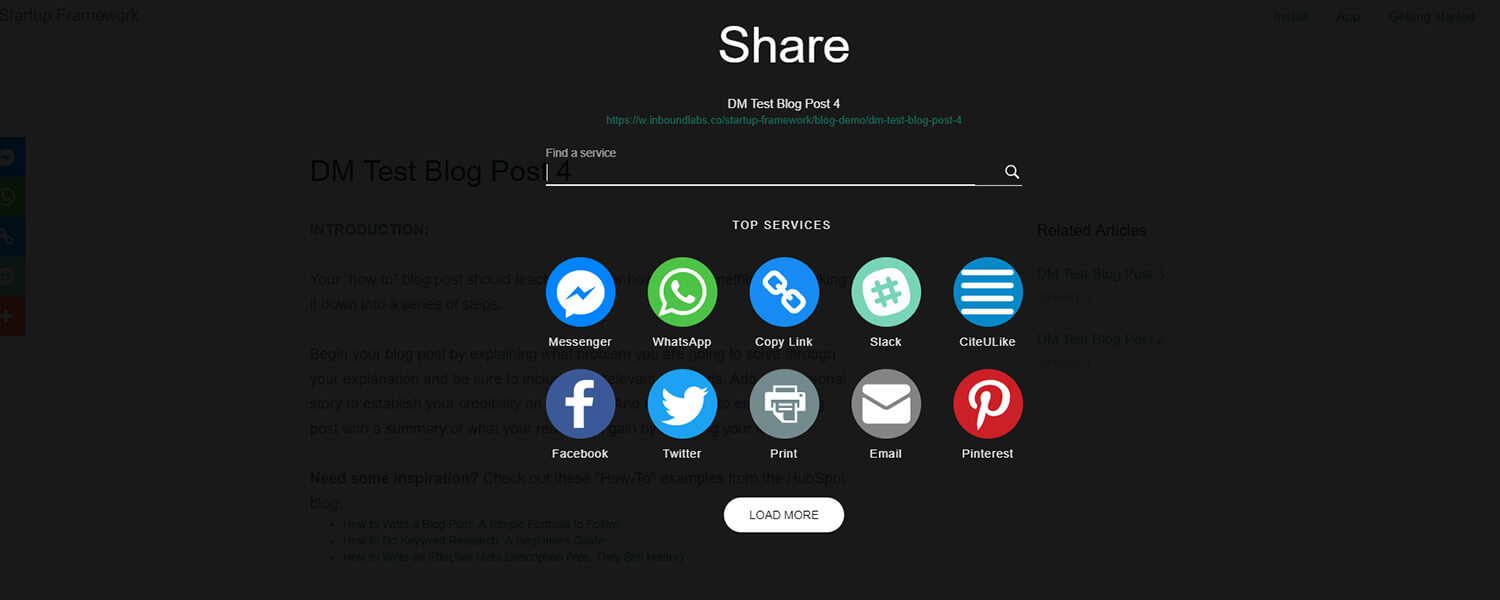
In the interconnected web of digital sharing, social sharing buttons aren’t just icons; they’re portals of engagement. Implementing social sharing buttons isn’t about mere decoration; it’s about extending an invitation for readers to become ambassadors of your insights.
Social sharing buttons aren’t just tools; they’re catalysts that transform readers into advocates. They allow your content to transcend its immediate audience, reaching new shores through the networks of your readers. As you introduce these buttons, you’re not just facilitating sharing; you’re fostering a sense of community. You’re inviting readers to join the narrative not just as passive consumers but as active contributors, creating a ripple effect that expands your content’s reach far beyond the confines of your blog.
26. Maintain Consistent Branding

In the digital landscape, branding isn’t just about aesthetics; it’s about creating a cohesive identity that resonates through every element of your content. Maintaining consistent branding isn’t about uniformity; it’s about fostering familiarity and trust.
Consistent branding isn’t just about colors and logos; it’s about creating a recognizable experience. It ensures that readers who journey through your content recognize the thematic thread that weaves through each piece. As you curate this cohesive experience, you’re not just shaping visuals; you’re crafting an identity that becomes synonymous with quality and reliability. Each element, from font choices to design elements, becomes a part of a larger narrative that signals to readers that they’re traversing the realm of your expertise.
27. Address Counter arguments
In the realm of thoughtful discourse, addressing counterarguments isn’t just a formality; it’s a testament to your commitment to thorough exploration. Acknowledging alternate viewpoints isn’t about diluting your perspective; it’s about presenting a well-rounded narrative that respects the complexity of the topic.
Addressing counterarguments isn’t just about token acknowledgment; it’s about demonstrating intellectual honesty. It shows that you’re not merely advocating for a singular point of view; you’re engaging in a nuanced conversation. As you engage with these alternate perspectives, you’re not just acknowledging differences; you’re enriching your content with layers of understanding. You’re showing readers that your narrative is a multi-dimensional journey, where every facet of the topic is examined with rigor and respect, ensuring that your insights are not just informed but also open to the broader landscape of thought.
28. Encourage Reader Interaction

In the world of content creation, reader interaction isn’t just an afterthought; it’s an integral part of the conversation. Encouraging readers to participate isn’t just about comments; it’s about fostering a sense of community and engagement.
Reader interaction isn’t just a form of validation; it’s a dynamic exchange of ideas. By inviting readers to share their thoughts, you’re transforming your content from a monologue into a dialogue. You’re creating a space where insights are shared, questions are asked, and understanding is deepened through collective exploration. As you extend this invitation, you’re not just closing your content; you’re opening a gateway to a world of insights that transcend the confines of your perspective.
29. Track and Analyze Performance

In the digital realm, tracking and analyzing performance isn’t just about numbers; it’s about insight. Monitoring metrics isn’t just about data; it’s about understanding the impact of your content in the vast landscape of the internet.
Tracking and analyzing performance isn’t just an exercise in vanity; it’s a strategic move toward refinement. It allows you to gauge the resonance of your ideas, the engagement of your readers, and the effectiveness of your strategies. As you delve into these analytics, you’re not just crunching numbers; you’re deciphering patterns of engagement, unlocking insights that guide your future endeavors. You’re engaging in a continuous cycle of improvement, where each piece of content becomes a stepping stone toward a deeper understanding of your audience and a more impactful presence in the digital sphere.
30. The Ultimate proofread for flawlessness

In the realm of content creation, the journey of proofreading isn’t a single chapter; it’s a narrative arc that repeats with intention. Just as revisiting a familiar story reveals new nuances, proofreading again breathes fresh life into your content. It’s not a redundant exercise; it’s a safeguard against overlooked errors.
Proofreading again isn’t just a repetitive chore; it’s a demonstration of your commitment to quality. It’s the extra step that transforms your content from good to exceptional. As you embark on this second journey of review, remember that you’re not just looking for mistakes; you’re ensuring that every element aligns harmoniously. You’re crafting a reading experience that flows without disruption, where errors are minimized and the reader’s attention is solely focused on the narrative you’ve so painstakingly composed.
By traversing the landscape of this comprehensive blog post checklist, you’re not just assembling a series of tasks; you’re orchestrating a symphony of content creation. Each step, from defining purpose to analyzing performance, contributes to a harmonious composition that resonates with readers. You’re not just crafting words; you’re shaping experiences, and creating narratives that educate, engage, and enlighten.
Armed with these guidelines, you possess the palette to paint content that captivates, the compass to navigate the intricate realm of ideas, and the dedication to delivering value. The recipe for a successful blog post isn’t just about ticking boxes; it’s about creating a journey that leaves an indelible mark in the digital sphere. As you apply this checklist, remember that each action is a brushstroke, each decision a note, and each insight a beacon that guides readers through the landscape of your expertise.












